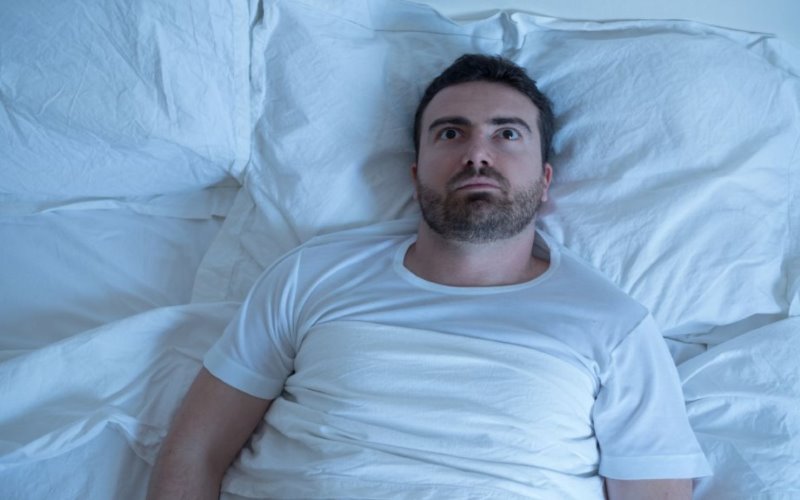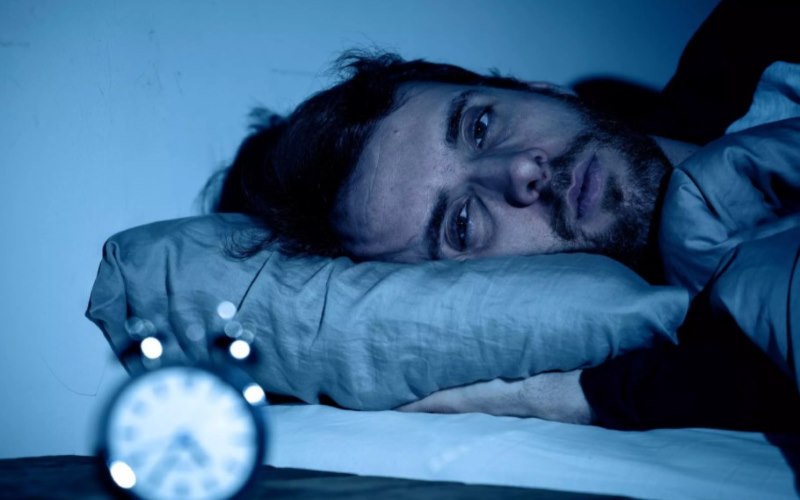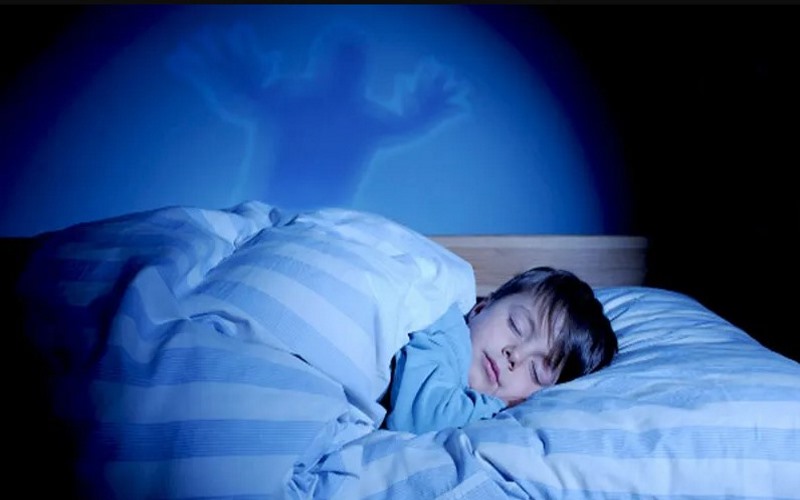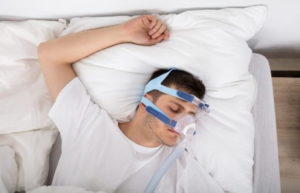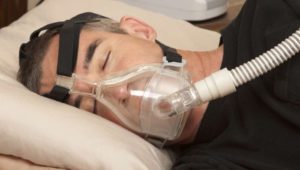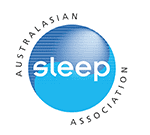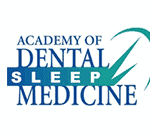Imagine this – you wake up in the middle of the night with a heavy sense of dread encapsulating your being. Your room is dark, but you are fully aware of your surroundings. You believe that something evil is lurking in the corner of your room. You try to move your arms, but your body refuses to budge. You try to scream for help, but no matter how hard you try, no words come out of your mouth. It may sound like a scene from a horror movie, but that is what sleep paralysis feels like. But what causes sleep paralysis? Is it treatable? More importantly, how can you avoid it?
Understanding Sleep Paralysis
Without a doubt, sleep paralysis is absolutely terrifying. The feeling of helplessness and vulnerability is like waking up from a nightmare. It makes you wonder, “Am I truly awake? Are the things I’m seeing real?” It is so distressing that it became a common theme among many horror movies in the past. However, sleep paralysis is nothing new. People have been experiencing it since the dawn of time. It has been documented for centuries.
What is scarier, is that it is often accompanied by hallucinations. As a matter of fact, specialized scientific literature has categorized the three distinct types of sleep paralysis:
- Hallucinating – a presence of something evil, or an intruder threatening to harm
- Incubus hallucination – where someone or something is forcefully pressing your chest, trying to choke you
- Vestibular-motor hallucination – or the feeling of floating, flying, or moving through space – also known as out-of-body experiences (the feeling of the one’s spirit is leaving the body)
Fortunately, there is a medical explanation for it. And understanding what it is, and what happens to the body during such an episode can help you calm down and handle it better next time.
Defining Sleep Paralysis
Sleep paralysis is a brief phenomenon characterized by loss of muscle control (atonia). It happens after waking up or just after falling asleep. In addition to atonia, it is often associated with hallucinations, making the debilitating feeling more terrifying.
Sleep paralysis is a type of parasomnia; the abnormal behavior during sleep connected to the Rapid Eye Movement (REM) stage of sleep cycle. This is why it is often referred to as REM parasomnia.
During a standard REM sleep, atonia and vivid dreaming keeps a person from acting out in their dreams. Normally, atonia ends upon waking up, keeping a person from being conscious of their inability to move. As a result, experts believe sleep paralysis involves a combination of REM sleep and wakefulness. Consequently, mental imagery and atonia during REM sleep continues even when being awake and aware.
Two Types of Sleep Paralysis
There are two common categories used to describe sleep paralysis in the medical literature:
- Isolated – this happens when episodes of sleep paralysis are non-related to an underlying diagnosis of narcolepsy (a chronic sleep disorder that keeps the brain from controlling wakefulness properly, which leads to sleep paralysis)
- Recurring – this type involves multiple episodes overtime
Often, these two characteristics are used to describe a condition called Recurrent Isolated Sleep Paralysis (RISP); the ongoing episodes of sleep paralysis in people who don’t have narcolepsy.
What causes sleep paralysis
Experts are yet to find the exact cause of sleep paralysis. Subsequently, examined data from research shows mixed results for the risk associated with the condition. Experts, however, believe there are multiple factors involved in triggering sleep paralysis. Both children and adults can experience it, but certain age groups are at higher risk.
Here are some conditions that experts believe can trigger sleep paralysis:
- Insomnia
- Anxiety disorder
- Bipolar disorder
- Major depression
- Post-traumatic stress disorder
Insomnia is believed to be linked with sleep paralysis, as well as people with disrupted circadian rhythms (body’s internal clock, sleep-wake cycle) such as shift workers and those experiencing jet lag.
People with certain mental health disorders such as anxiety, bipolar disorder, and PTSD, particularly those who had experienced physical and emotional distress, are also likely to experience sleep paralysis.
Other factors that may be linked to the condition include:
- Lack of sleep
- Sleeping on the back
- Frequent changing of sleep schedule
- Using certain medications (i.e. ADHD medications)
- Leg cramps
- Substance abuse
When does an episode of sleep paralysis normally occur
Sleep paralysis can happen while falling asleep (hypnagogic or predormital sleep paralysis) or while waking up (hypnopompic or postdormital sleep paralysis).
During hypnagogic sleep paralysis, you may notice you cannot move or speak as your body relaxes and prepares to fall asleep.
During hypnopompic sleep paralysis, your body becomes aware of the surroundings before the end of the REM cycle of sleep. Thus, you may notice you cannot speak or move despite being awake.
The average length of sleep paralysis episodes is between 6 and 7 minutes. However, episodes can last for a few seconds and up to 20 minutes. They usually end on their own, but they can be interrupted by another person’s voice or touch.
How common is sleep paralysis
Experts believe around 8% of people experience sleep paralysis at some point in their life. However, there is not enough data that show how often episodes occur.
Though it can occur at any age, the first episodes show up between 7 and 25 years of age. Episodes can become more frequent during the 20s to 30s.
How is sleep paralysis diagnosed and treated
The best person to diagnose your condition is a sleep doctor. However, there is no need to treat sleep paralysis as simple changes in your lifestyle and sleeping habit can help decrease the occurrence of episodes. Some simple treatments include:
- Having a good night’s sleep regularly – sleeping 6 to 8 hours a night
- Antidepressants can regulate sleep cycles
- Treating mental health problems
- Treating existing sleep disorders (narcolepsy, leg cramps)
The idea is to minimize stress in your daily life and keep a regular sleeping schedule. Try to improve your bedroom and make it more conducive for sleeping (invest in a good quality mattress, sheets, and pillows, limit light and outside noise, etc.) Also, you can try sleeping on your side.
If you are constantly anxious about your sleep paralysis, and if it is keeping you from getting a good night’s sleep, then it is best to consult your sleep doctor.

